ASEAN E-Commerce Opportunities: Insights on Consumer Behaviours and Positioning of Hong Kong Products
Executive Summary
The ASEAN retail e-commerce sector is growing rapidly. Over the coming years, in the bloc's six largest economies – Indonesia, Malaysia, the Philippines, Singapore, Thailand, and Vietnam (the ASEAN 6) – the retail e-commerce market is expected to expand by a compound annual growth rate of 14% between 2024 and 2029. Indeed, four of these countries – Vietnam, Thailand, the Philippines and Indonesia – are among the world's top 10 fastest growing retail e-commerce markets, a status underpinned by their young skewing demographic, rising income levels and high rate of smartphone internet connectivity.
For its part, the Hong Kong government is actively promoting e -commerce activities with ASEAN. In the 2024 Policy Address, the Government proposed expanding the geographical remit of its E-Commerce Easy initiative (an integral element of the Dedicated Fund on Branding, Upgrading and Domestic Sales (BUD Fund)) to cover the 10 nation ASEAN bloc.
Please click to view the full report.
In June July 2024, in order to assist Hong Kong SMEs as they look to refine their ASEAN oriented e commerce strategies, HKTDC Research conducted a quantitative survey of over 1,800 online shoppers in the ASEAN 6 countries, seeking to identify their spending patterns, preferences, and perceptions of Hong Kong brands.
Among the key findings of the survey were the following:
·ASEAN consumers are frequent online shoppers, making an average of 8.7 purchases per month.
·Consumer electronics products are the most frequently bought items, with 87% of ASEAN shoppers having bought such goods online in the past 12 months, followed by fashion items (68%), and cosmetics and personal care products (66%).
·Quality is the most important consideration when making an online purchase of most products, followed by brand reputation. For cosmetics and personal care items, as well as healthcare products, efficacy is deemed most crucial, while brand reputation was the primary concern for buyers of luxury products.
·In the case of new products or brands, consumers care most about brand image, word of mouth and reputation (53%), followed by value-for-money (52%) and product features (41%).
·Foreign brands are most sought out when it comes to luxury goods (85%), sports-related products (82%), and consumer electronics products (71%).
·Some 92% of ASEAN-6 respondents spend 26% more (on average) during such online shopping festivals as Singles' Day, Lunar New Year, Ramadan, Eid, national days and “double digit” dates.
·Shopee and Lazada remain the two leading e-commerce platforms, while TikTok was the third most-used platform.
·The primary reasons consumers favor e-commerce platforms include variety and the availability of unique items (16%), the presence of promotions and discounts (15%), and having informative product descriptions (11%). Consumers shopped on individual brand websites predominantly for authenticity (65%).
·Reviews and ratings on e-commerce platforms were deemed the most important information source for ASEAN online shoppers as they looked to collect product information (59%), followed by social media platforms (46%), and recommendations from family, relatives or friends (37%).
·80% of respondents expected delivery within three days, with 13% of respondents expecting same-day delivery.

ASEAN consumers hold Hong Kong brands and products in high regard.
·Hong Kong brands are popular among ASEAN consumers, with close to 70% of online shoppers having purchased a Hong Kong-sourced product in the past 12 months.
·Hong Kong brands are popular among younger ASEAN consumers, particularly among those in the 18-29 age group.
·ASEAN consumers see Hong Kong products as being less costly (35%), able to blend Chinese and Western elements well (33%) and more trendy (32%).
·Hong Kong-branded consumer electronics items are the most popular purchases (70%), followed by fashion items (38%) and cosmetics and personal care products (34%). Online shoppers from Singapore, Thailand and Malaysia were the generally largest spenders on Hong Kong brands or products from these categories.
These findings present clear preferences among ASEAN 6 consumers that businesses can leverage. They also suggest that Hong Kong's businesses and brands are well placed to tap into the region's growing retail e-commerce opportunities.
Hong Kong businesses should also factor in the diversity of the ASEAN 6's members into their expansion strategies, given differing cultural, linguistic, regulatory and market contexts. Tangible business strategy recommendations will be explored further in a companion report, consisting of a series of in-depth interviews with successful Hong Kong based retail e-commerce businesses, to be published in May 2025.
Please click to download the full report.







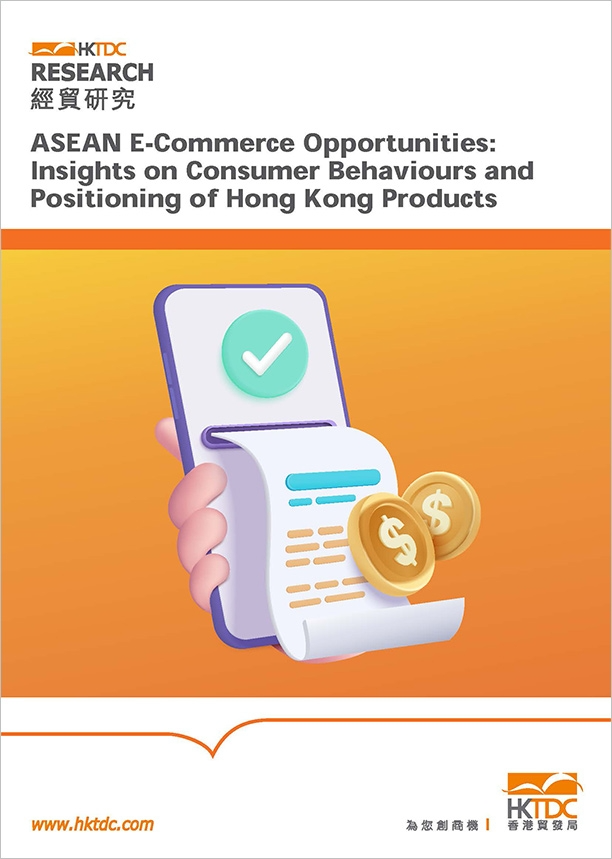

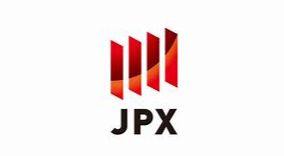
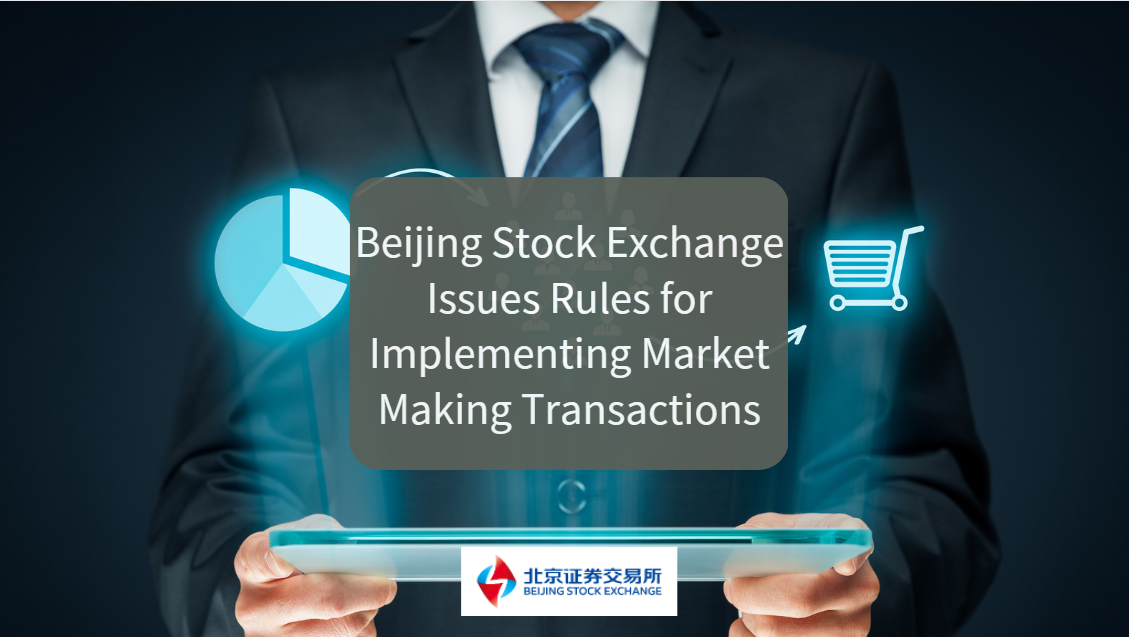
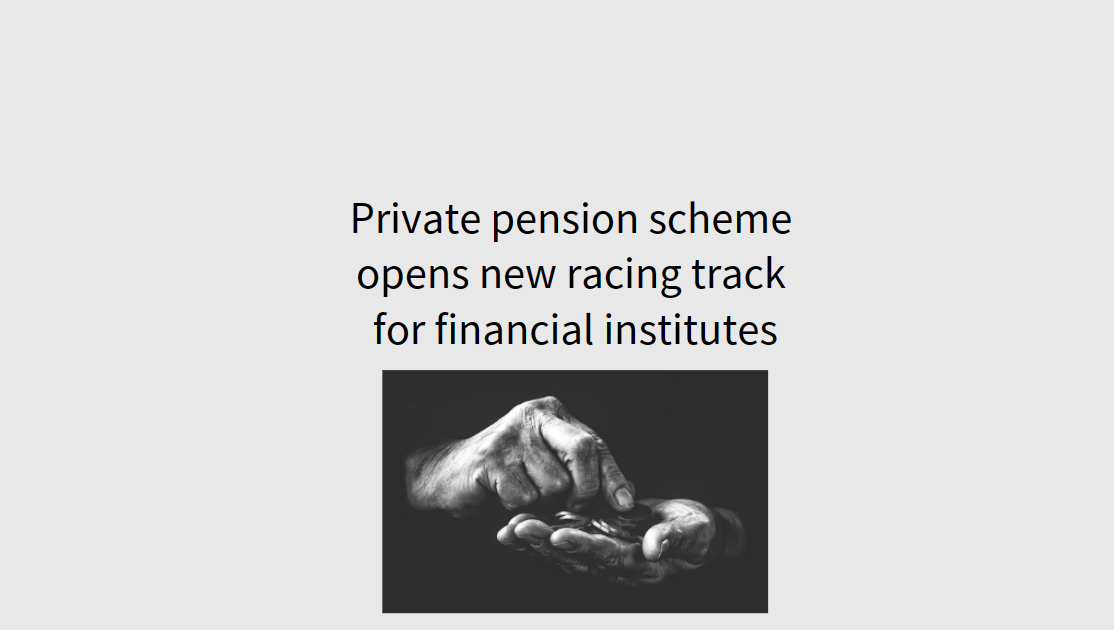
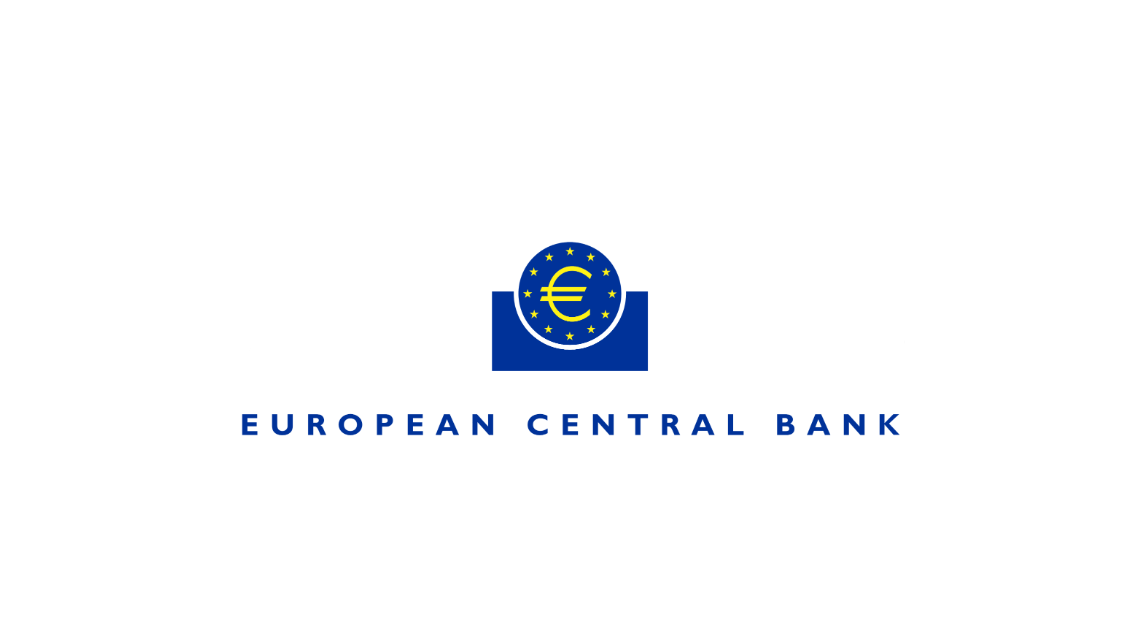
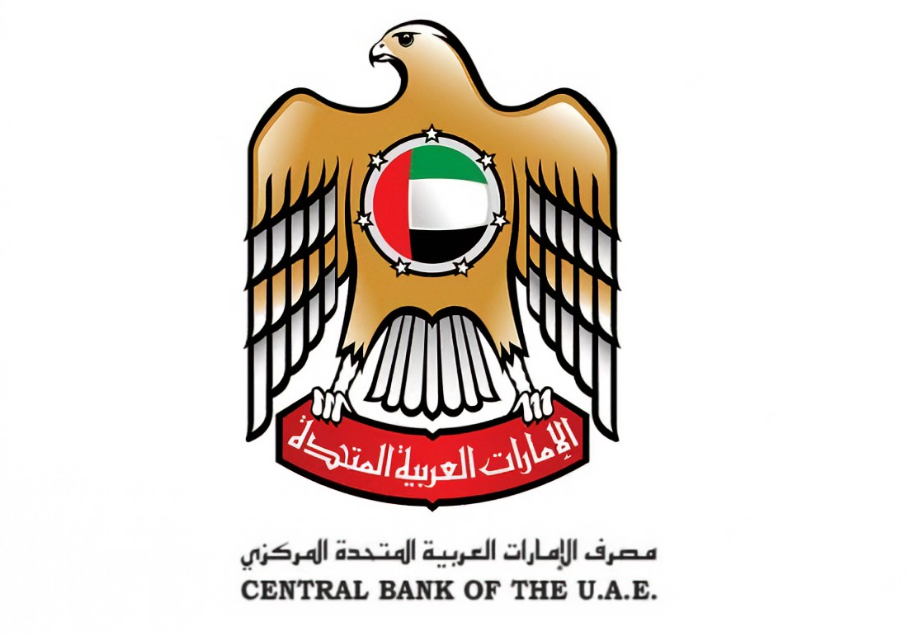
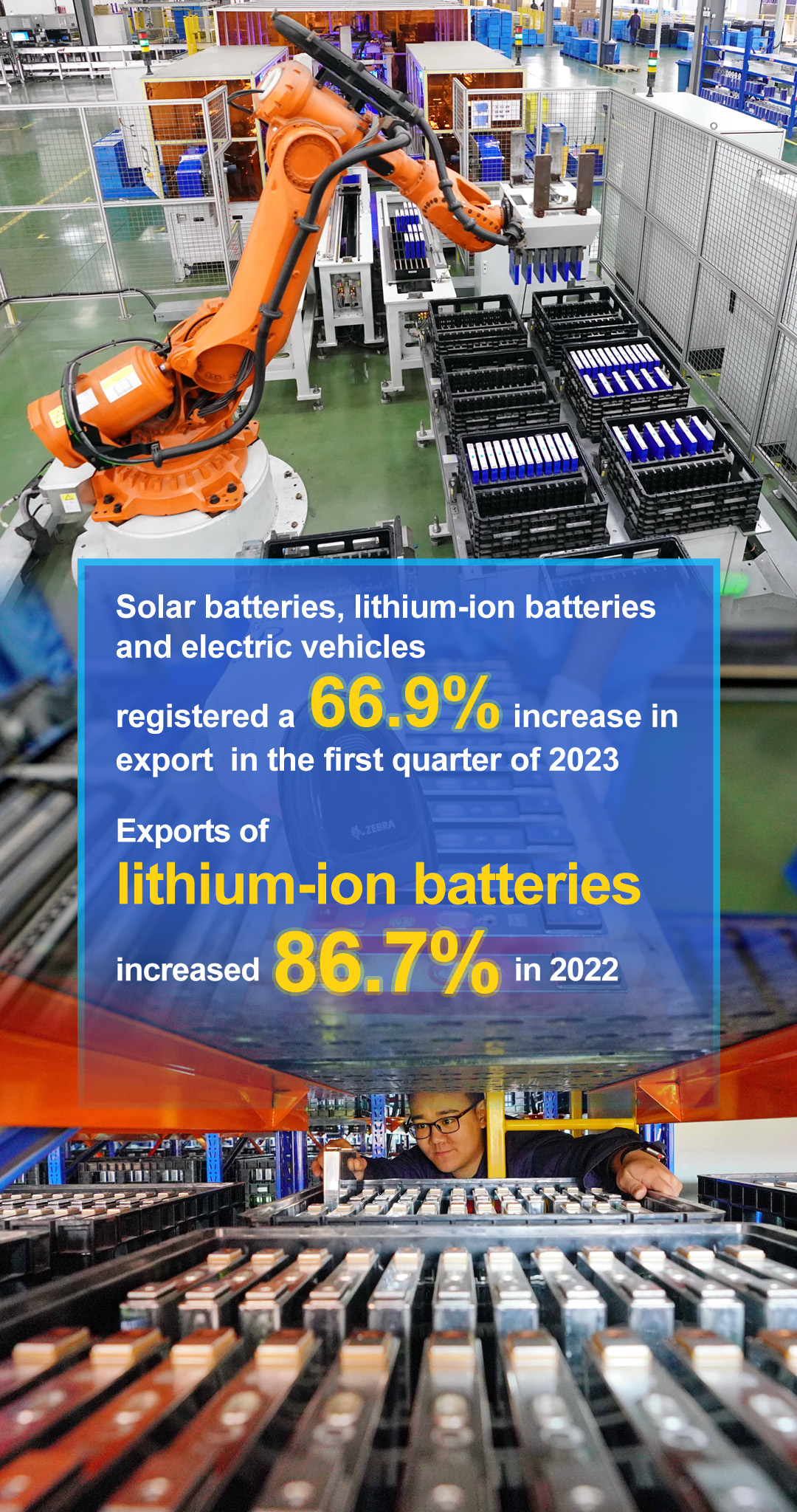
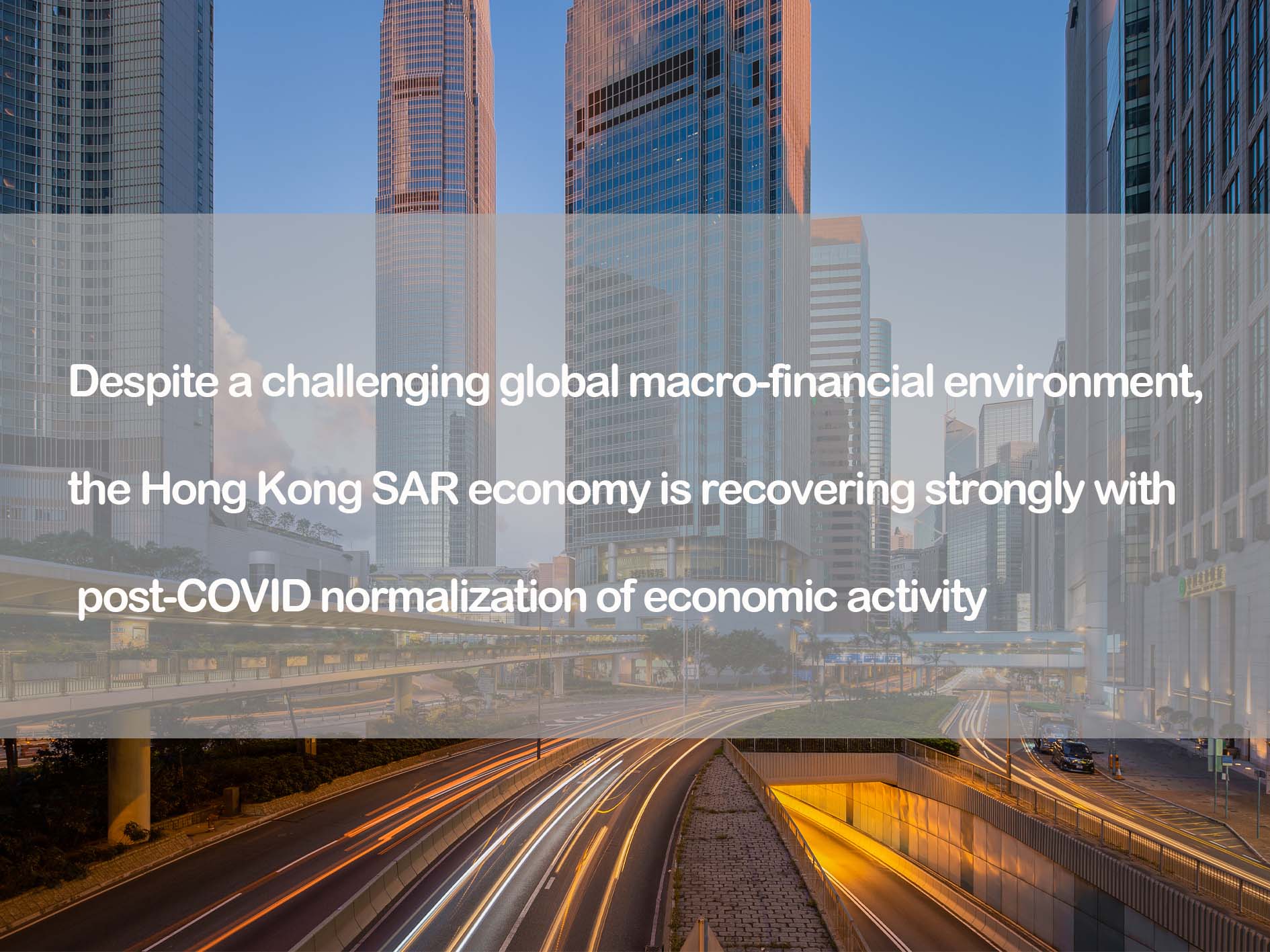




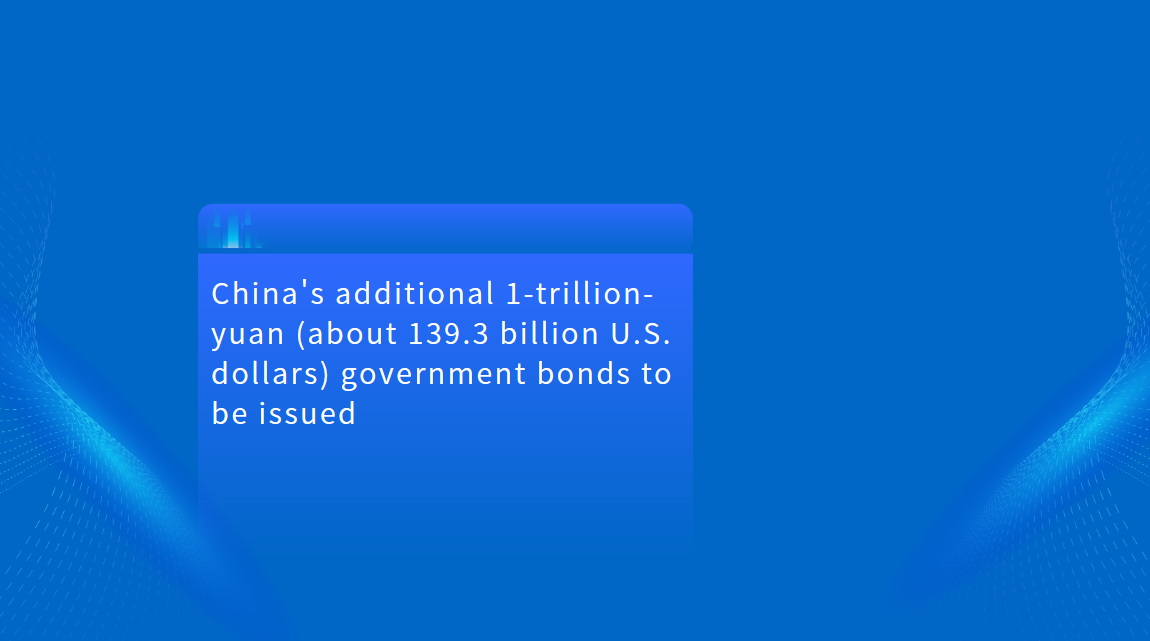

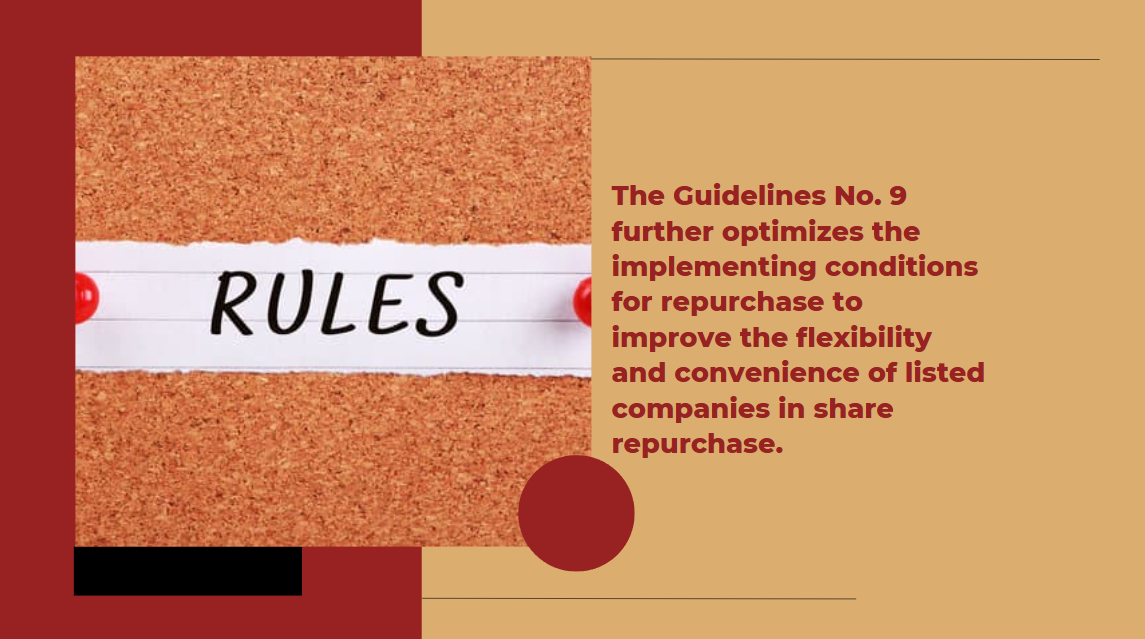




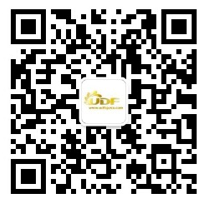

























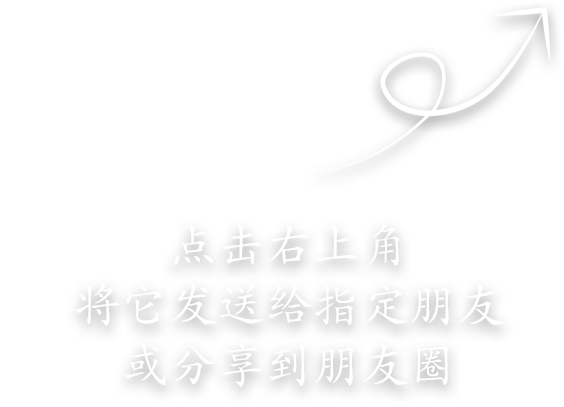
First, please LoginComment After ~